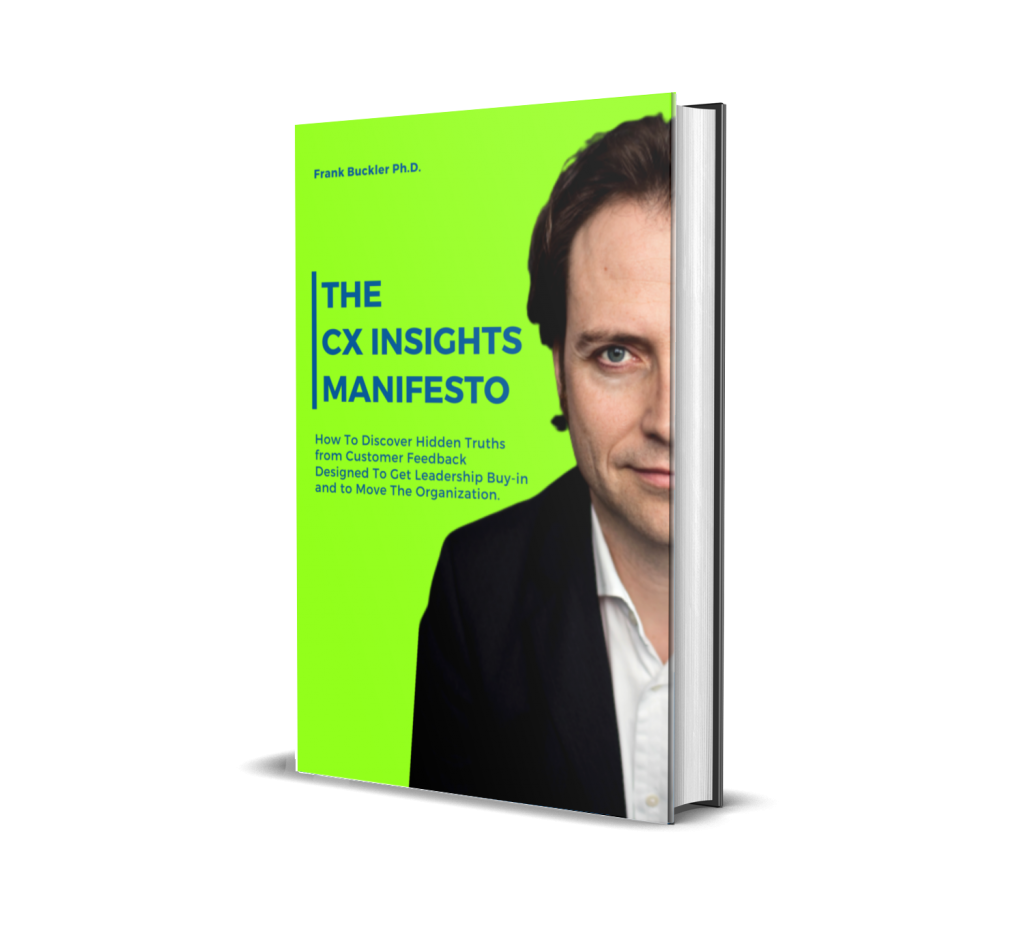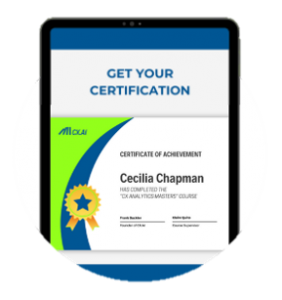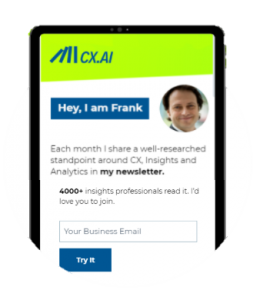Last year we at Success Drivers tried to optimize subject lines for emails that go out to our prospective customers. We ran a questionnaire to assess 50 different ideas.
Then we tested the two best and two of the worst-performing subject lines in real life. Guess what happened!
One of the worst-performing was outperforming regarding open rates, while the top-rated subject line did not perform at all.
We further analyzed the underlying properties of all tested subject lines with an AI called neuroflash. It gives you the world of associations behind the words used.
A good subject line was “Conquer with Billy Beans AI”. We learned that the dominant language would trigger open rates. At scale, this learning would come from Causal AI.
Next, we ask another AI (GPT3) to write us related alternatives. We tried them.
This process produced the winning subject line “Straight to the point, FIRSTNAME” which showed open rates of 50% as opposed to 10%.
Long story short: Experiments are the gold standard of insights. In the future, winning businesses will weave in continuous experimentation into the daily workstream. With AI, as the example shows above, we can speed up the learning process. Learning that would have taken two years with AB testing in the past will take two months or even two weeks.
Subject lines are just the beginning. You can do this with pictures. You can do it with each personal service interaction, with each sales call your company is doing. Track, experiment, model, iterate.
This loop will open a whole new universe of insights.












